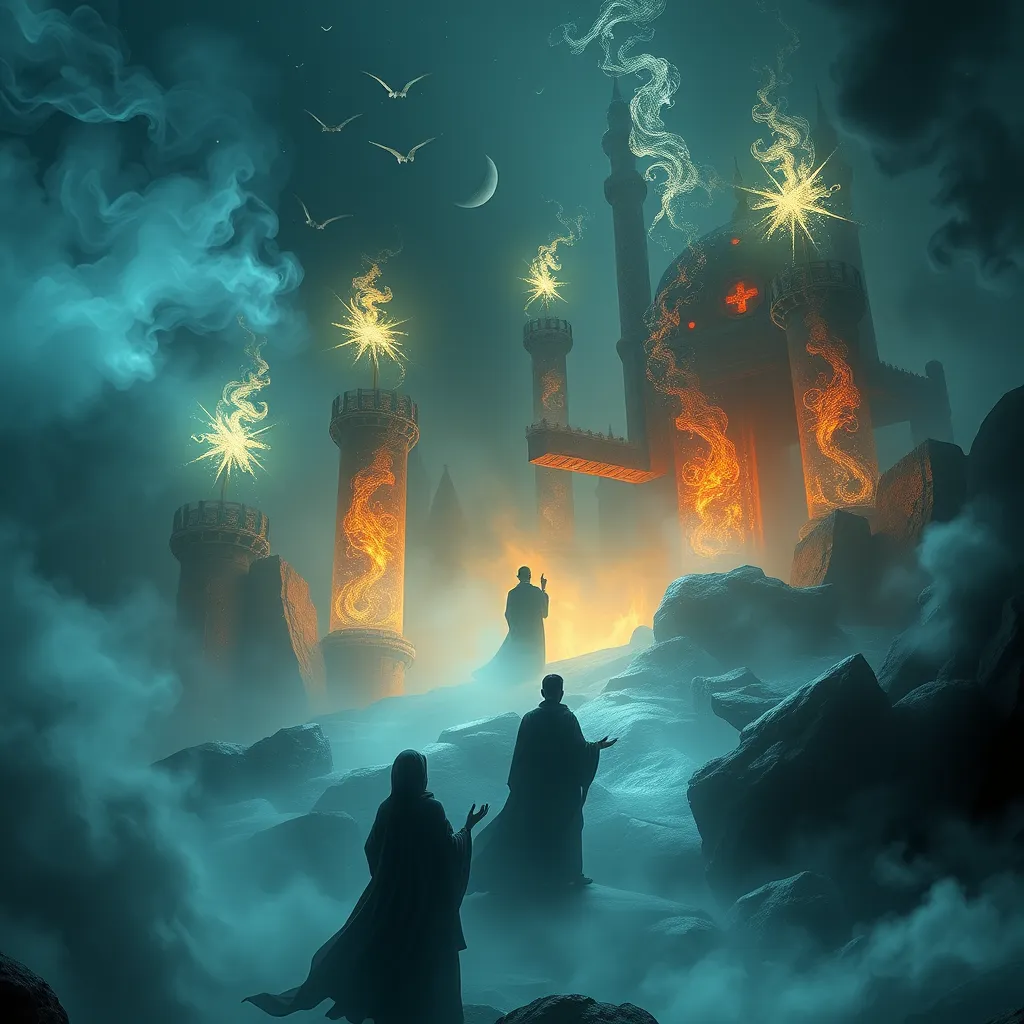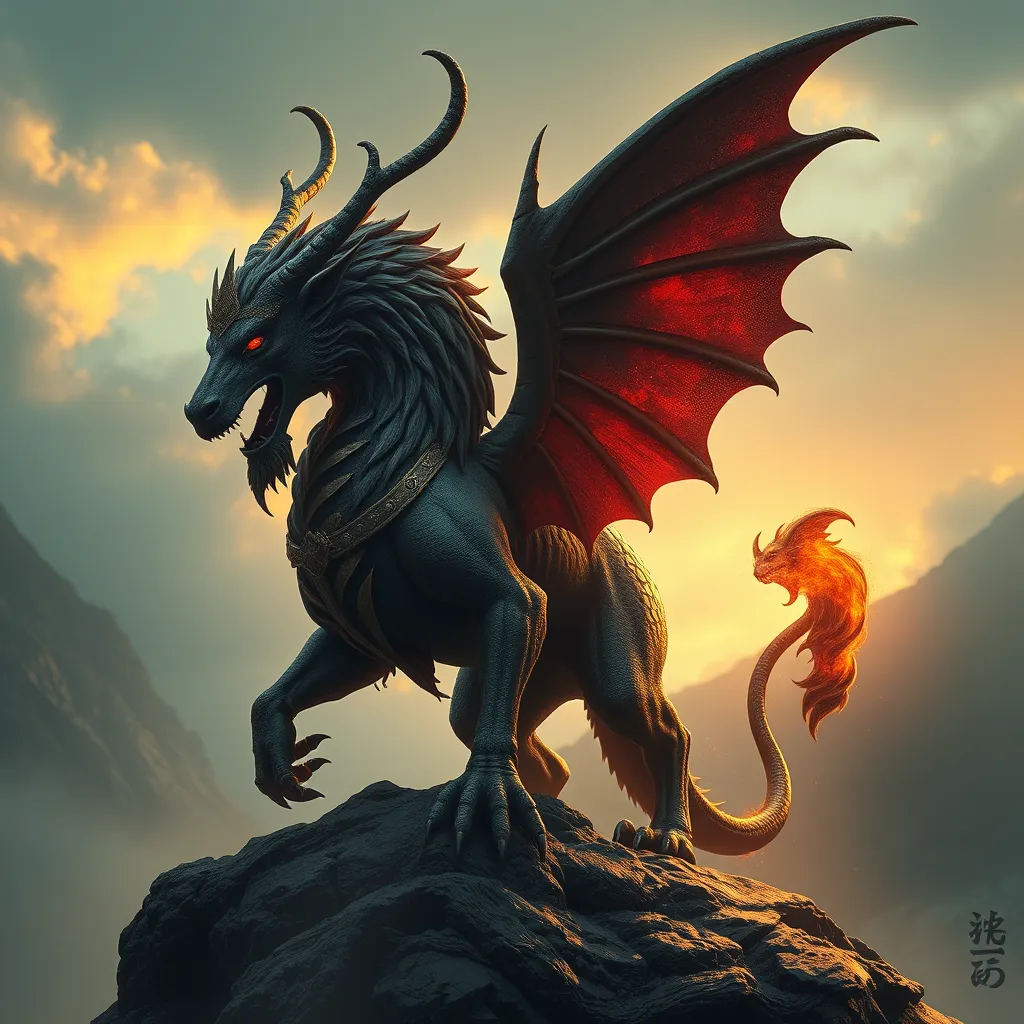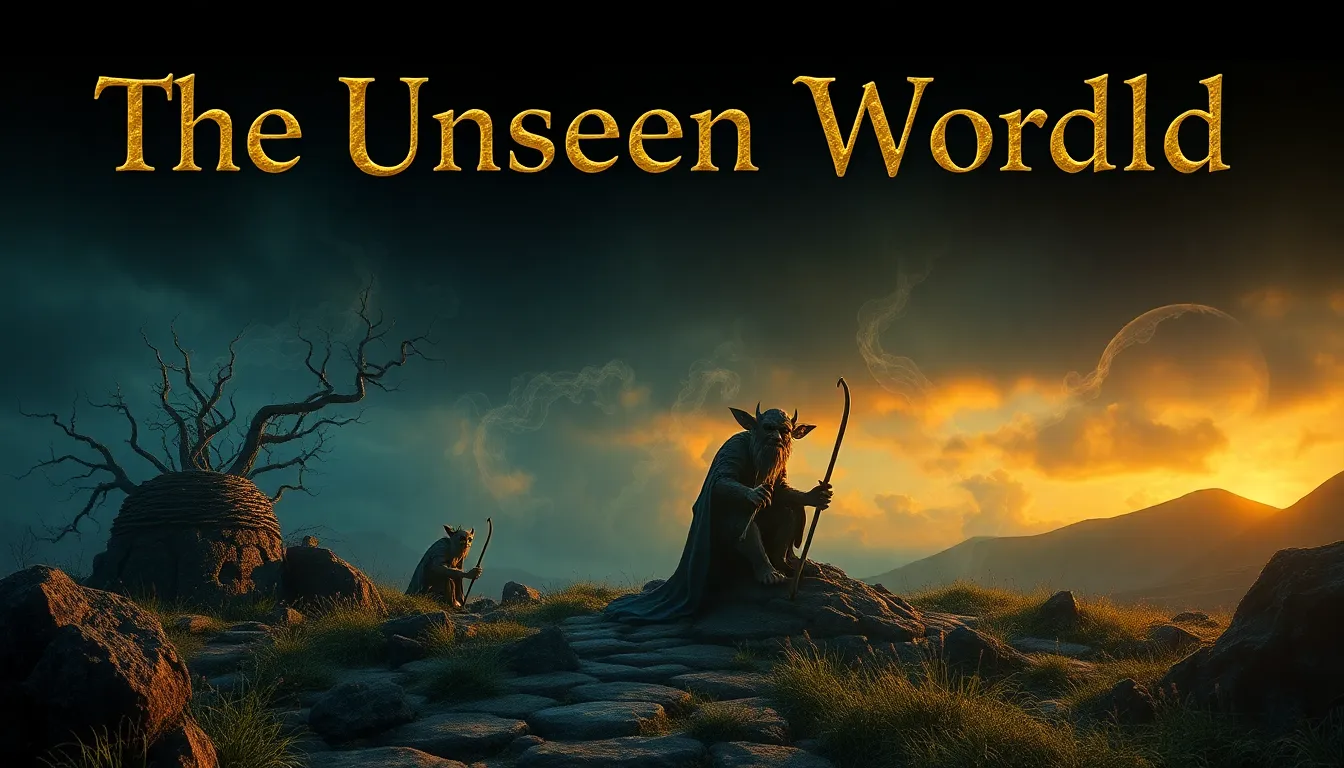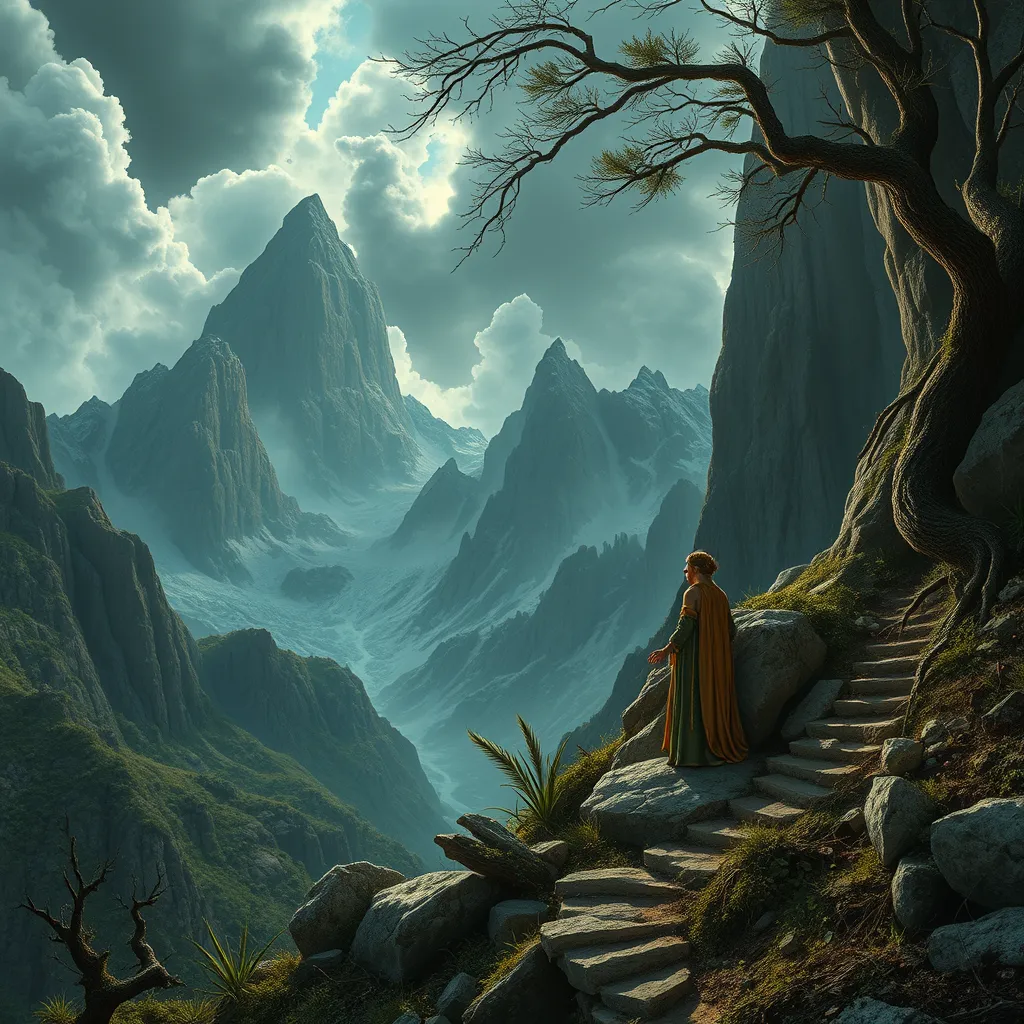The Jinn and the Supernatural World: Exploring the Realm of Ghosts, Spirits, and Demons
I. Introduction
The concept of Jinn is deeply rooted in various cultures, particularly within Arabian mythology and Islamic theology. Often translated as “genies” in popular culture, Jinn are supernatural beings that embody a rich tapestry of meanings and significance. They are believed to have free will, much like humans, and can be good, evil, or neutral. This complexity adds to their allure and mystery.
Alongside Jinn, the supernatural realm is populated by ghosts, spirits, and demons, each with unique characteristics and cultural interpretations. Understanding these entities requires delving into their origins, nature, and interactions with humans. This article aims to explore the interconnections among Jinn, ghosts, spirits, and demons, shedding light on their significance in both historical and contemporary contexts.
II. The Origins of Jinn: Mythology and Beliefs
The origins of Jinn can be traced back to pre-Islamic Arabian mythology, where they were often associated with natural phenomena and considered guardians of specific locations. They were believed to inhabit desolate places like deserts and ruins, embodying the wild and untamed aspects of nature.
In Islamic theology, Jinn are frequently mentioned in the Quran. They are created from smokeless fire, as stated in Surah Al-Hijr (15:27), and possess intellect, emotions, and the ability to choose between right and wrong. The Quran also emphasizes their existence alongside humans and angels, highlighting their significance in the spiritual hierarchy.
Culturally, Jinn vary across different regions. In South Asia, they are sometimes viewed as mischievous spirits that can influence human lives, while in North Africa, they are often seen as protectors or healers. These regional variations illustrate the adaptability of the Jinn concept within diverse cultural frameworks.
III. The Nature of Jinn: Characteristics and Types
Jinn possess both physical and metaphysical attributes. They can become invisible, change shape, and travel swiftly. Their physical form is often described as ethereal or elusive, which allows them to interact with the human world without being easily perceived.
Jinn can be classified into three main categories:
- Good Jinn: They are benevolent and often help humans, providing guidance or protection.
- Evil Jinn: These entities seek to harm humans and can instigate chaos or misfortune.
- Neutral Jinn: They neither help nor harm and can be indifferent to human affairs.
It is crucial to distinguish between Jinn, ghosts, and demons, as each has unique characteristics. Ghosts are often considered the spirits of deceased humans, while demons are malevolent entities that may have origins in various religious traditions, sometimes overlapping with the concept of evil Jinn.
IV. Jinn in Folklore and Popular Culture
Jinn have long been featured in traditional stories and folktales, with tales like “The Arabian Nights” showcasing their magical abilities and interactions with humans. These narratives often reflect cultural values and moral lessons, emphasizing the duality of Jinn as both helpers and tricksters.
In modern literature, film, and media, Jinn have been adapted into various forms. From Disney’s “Aladdin,” which popularized the notion of the wish-granting genie, to horror films that portray Jinn as malevolent spirits, the representation of Jinn has evolved dramatically. This evolution reflects societal changes and the ongoing fascination with the supernatural.
V. Interactions Between Jinn and Humans
Throughout history, there have been numerous accounts of human-Jinn encounters, ranging from benign interactions to terrifying confrontations. These stories often serve as cautionary tales, warning against disrespecting the boundaries between the human and supernatural realms.
Rituals and practices involving Jinn are prevalent in many cultures. Some common practices include:
- Summoning: Rituals intended to invoke Jinn for guidance or assistance.
- Protection: Various charms and prayers are used to safeguard individuals from malevolent Jinn.
Belief in Jinn can have significant psychological and social implications, influencing how individuals perceive their environment and cope with challenges. In communities where belief in Jinn is strong, these entities can shape cultural practices and interpersonal relationships.
VI. Ghosts and Spirits: The Broader Supernatural Context
Ghosts and spirits are often defined in relation to the living. Ghosts are typically understood as the souls of deceased individuals who remain on Earth, while spirits may encompass a broader range of non-corporeal entities, including Jinn.
Cultural beliefs surrounding ghosts vary widely. In many cultures, ghosts are seen as lingering souls seeking closure, while others regard them as malevolent forces that can disrupt the living. The interactions between ghosts and the living often reflect societal attitudes toward death and the afterlife.
Spirits also play significant roles in various religious traditions. For instance, in animistic beliefs, spirits are thought to inhabit natural objects and places, influencing the world around them. Understanding these beliefs provides insight into the human experience and the quest for meaning beyond the physical realm.
VII. Demons: The Darker Side of the Supernatural
Demons are often characterized as malevolent beings with the intent to corrupt or harm humans. They are depicted in various cultures as adversaries of good, representing chaos and moral decay.
The connection between Jinn and demons is complex, with both entities sharing traits of malevolence and influence over human lives. However, while Jinn are generally seen as part of a broader spiritual hierarchy, demons are often viewed as outright antagonistic forces.
The practice of exorcism, aimed at expelling demons from individuals or locations, highlights the fear and reverence associated with these entities. Rituals vary across cultures but often involve prayers, symbols, and the invocation of divine protection.
VIII. Conclusion
The supernatural world is a complex tapestry woven from various beliefs and narratives surrounding Jinn, ghosts, and demons. Each entity carries its own significance, shaped by cultural, historical, and spiritual contexts.
Understanding Jinn, ghosts, and demons is increasingly relevant in modern society, as they continue to influence cultural expressions, spiritual beliefs, and psychological frameworks. As humanity navigates an ever-changing world, these supernatural entities remain a testament to our enduring fascination with the mysteries that lie beyond our perception.
In closing, the impact of these beliefs on culture and spirituality is profound, inviting ongoing exploration and reflection on the nature of existence and the unseen forces that may shape our lives.



